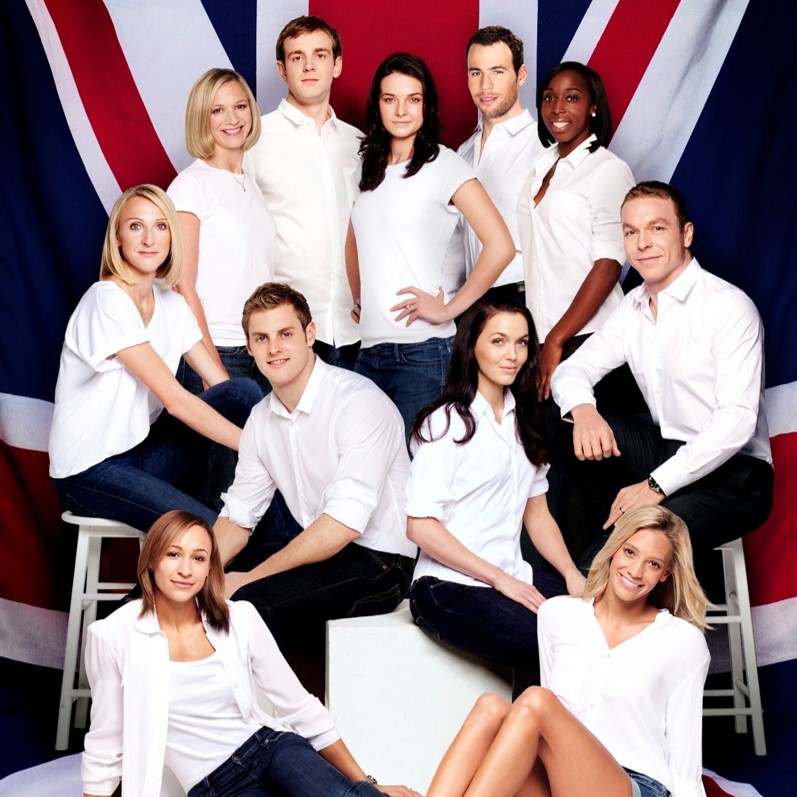Here in the UK, London 2012 was a sweet spot for both brands and agents, as Olympic sponsors created their own super teams of athletes to endorse their products. The choice of British talent was succinct enough for most of the major players to enjoy endorsement, yet large enough for diversity and choice for the numerous high-profile brands with large budgets to spend on their campaigns.
As we look toward Rio, the environment has changed somewhat. The market is more complex for brands to make the right choice, and more challenging for athletes to land those major deals. Reasons for this include the lack of the home Olympic halo effect, a more efficient digital approach likely to be taken by the majority of brands versus traditional big-budget ATL advertising, and a surplus of proven athletic talent to choose from after Team GB’s 2012 medal haul.
Marketers around the globe should approach athlete sponsorships strategically to ensure smart deals that deliver.
So how can agents help their athletes rise to the top of a brand’s shortlist?
Many of the best athlete profiles have been built slowly, by working with brands who may offer less in the way of a cash fee, but more in the way of a credible reputation and campaign investment in the athlete’s image, this will prove to be increasingly relevant to Rio if athletes are to get their face and personality known in such a cluttered market. It can be hard to turn down better money in exchange for a bigger brand, but history shows that it often pays off. Jessica Ennis was a great example of this post her Beijing disappointment, choosing to be the face of a challenger brand like Powerade, rather than taking a position as one of a group of athletes for Lucozade. Due to a well-structured PR plan, constant media attention and her natural talents, Jess became the “poster girl” of the Games and was able to choose her partners and maximise her value. Other athletes who money-grabbed at the first opportunity missed out both on significant earnings potential and long-term profile.
How should a brand choose its ideal ambassador?
It can be easy to focus on athletes with an existing high profile, gold-medal favourites or previous medallists. However, the really successful ambassador partnerships are those that get under the skin of an athlete’s personality and story, and match it with your brand campaign in a believable and natural manner. Of course when you can achieve this with a high profile athlete, you have the perfect scenario.
Over the last 3 Olympic Games, we have found that selecting the right ambassador is a combination of a decent helping of science and research, a dollop of gut-feeling mixed in with a sprinkle of luck. The latter two can’t be taught, but in the same way a sponsorship property should be vetted and evaluated using stringent criteria and potential ROI, the same applies to ambassadors. Through Vancouver, London and Sochi, we worked closely with P&G and its brands to truly understand the crux of their campaign, its key channels and critical success factors and applied various brand filters to the vast research we had undertaken on the athletes under consideration. This removed emotion and subjective opinion from the decision and replaced them with a clear unbiased scoring system.
Of course, gut feeling is important, as is feeling comfortable that you will have a strong working relationship with the athlete and agent and that they’ll provide the flexibility and added value that take partnerships from good to great. In the early stages of negotiation and research with agents, there are always tell-tale signs, and agents can do themselves justice by really getting to know and understanding the brands that are interested in their clients, what they are trying to get out of the process, and proactively offer solutions to achieve this. Having access to a full annual calendar and getting to know the background of the athlete are a couple of ways to earn trust.
As for the actual execution of the relationship, it sounds obvious but the secret to success is a true empathetic partnership between brand and agent. The brand needs to show care and understanding towards their ambassadors and their agents need to understand the brand campaign they are fronting. In our experience, the best relationships have an experienced and qualified middleman. This provides a single point of contact to facilitate and mediate requirements of all parties, removing tension. There must also be an understanding that Athletes are not actors or models, so they need to be treated differently; their training schedule is their main priority and the production must understand this and take it into account, both in planning and during the session.
The athlete world is close knit and reputation spreads like wildfire to the community. To become an athlete’s first choice, successful sponsors find a way to differentiate themselves. It helps when you have a campaign as strong as Thank You Mum, but the trick is following it through to the extent that P&G became known as the brand to sign up with to take care of your family and provide unforgettable memories. Once you have a place in an athlete’s heart, you have an ambassador for life.
Need help developing your brand's sponsorship strategy? Contact us.




